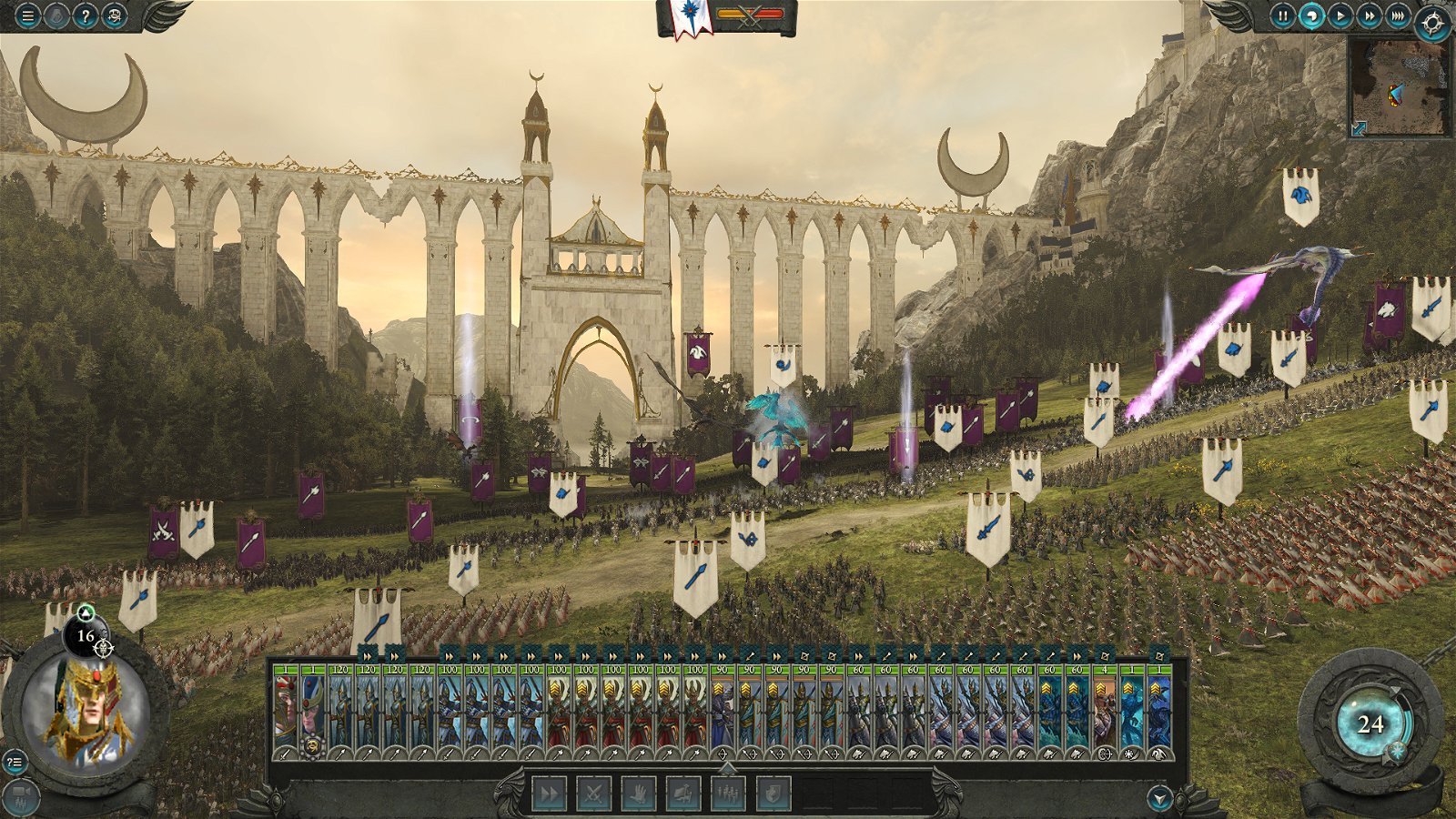


Our Net Zero Emissions by 2050 sets three goals for 2030: first, build better, with policy support for 20% of total existing building floor area globally and 100% of new building construction to be made zero-carbon-ready by 2030, prioritising passive solutions for cooling. The lack of access to indoor cooling puts much of the global population at high risk for heat stress, adversely affecting thermal comfort, labour productivity, and human health.Īs the planet warms, ensuring that cooling needs are met equitably and sustainably is of primary importance.

With several extreme heat events and record high temperatures all over the world, 2022 was the fourth warmest year on record since the late 1800s. The country plans three nuclear plants with a total production capacity of 5,000 MW.Energy consumption for space cooling has more than tripled since 1990, with significant implications for electricity grids, GHG emissions, and urban heat islands. Turkey, which is facing an energy shortfall, has set a September 24 deadline for bids to build the nuclear power plant. Ankara passed a law last year to allow for the construction of Turkey’s first nuclear power reactors. A new 1,200 MW nuclear plant, expected to cost 3.5 billion euros, is being considered in eastern Slovakia for after the shutdown of younger Bohunice blocks, expected in 2025. The state plans construction of a single 1,100-1,200 MW block or two new 600 MW blocks at the Bohunice site by 2025, worth an estimated 3 billion euros. Dominant power company Slovenske Elektrarne (SE) SE, controlled by Enel, aims to complete two new blocks, each with a power capacity of 440 MW, at the Mochovce plant by 2013.

Nuclear energy contributed for 57 percent of Slovakia’s electricity in 2007.


 0 kommentar(er)
0 kommentar(er)
